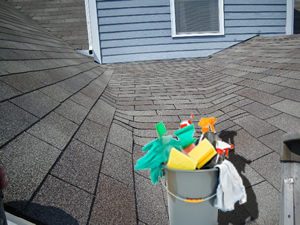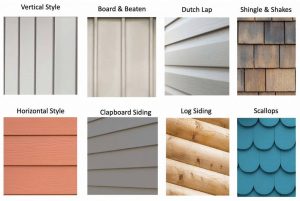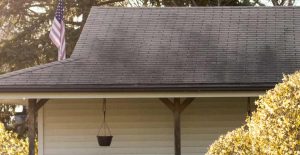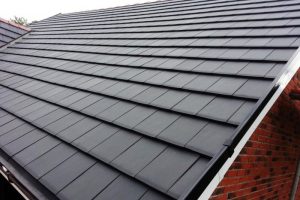 If you are lucky enough to have a historic home, you understand how important it is to keep a close eye on its upkeep, as older homes are more vulnerable due to the age and condition of their construction materials. If regular maintenance isn’t practiced, there’s a risk that deterioration will gain a foothold and could continue unabated. It’s a chance that you don’t want to take.
If you are lucky enough to have a historic home, you understand how important it is to keep a close eye on its upkeep, as older homes are more vulnerable due to the age and condition of their construction materials. If regular maintenance isn’t practiced, there’s a risk that deterioration will gain a foothold and could continue unabated. It’s a chance that you don’t want to take.
At Shelby Roofing & Exteriors, we know a lot about residential roofing in St. Louis and are providing this guide to help you choose the right roof for your historic home.
You want to maintain the historic appearance of your home, so perhaps you may want to consider repairing the roof rather than replacing it with a new one. If you opt for repairs, then you should use the same materials if possible for historical accuracy. This includes materials such as wood shingles, clay tiles, slate, or copper.
It might not be possible or practical to use these for your residential roofing in St. Louis, and in that case, you are going to want to replace the roof instead. Modern materials are much more durable than old ones and are available in many different shapes, styles, and colors that allow them to blend well into historical designs and modern ones alike.









